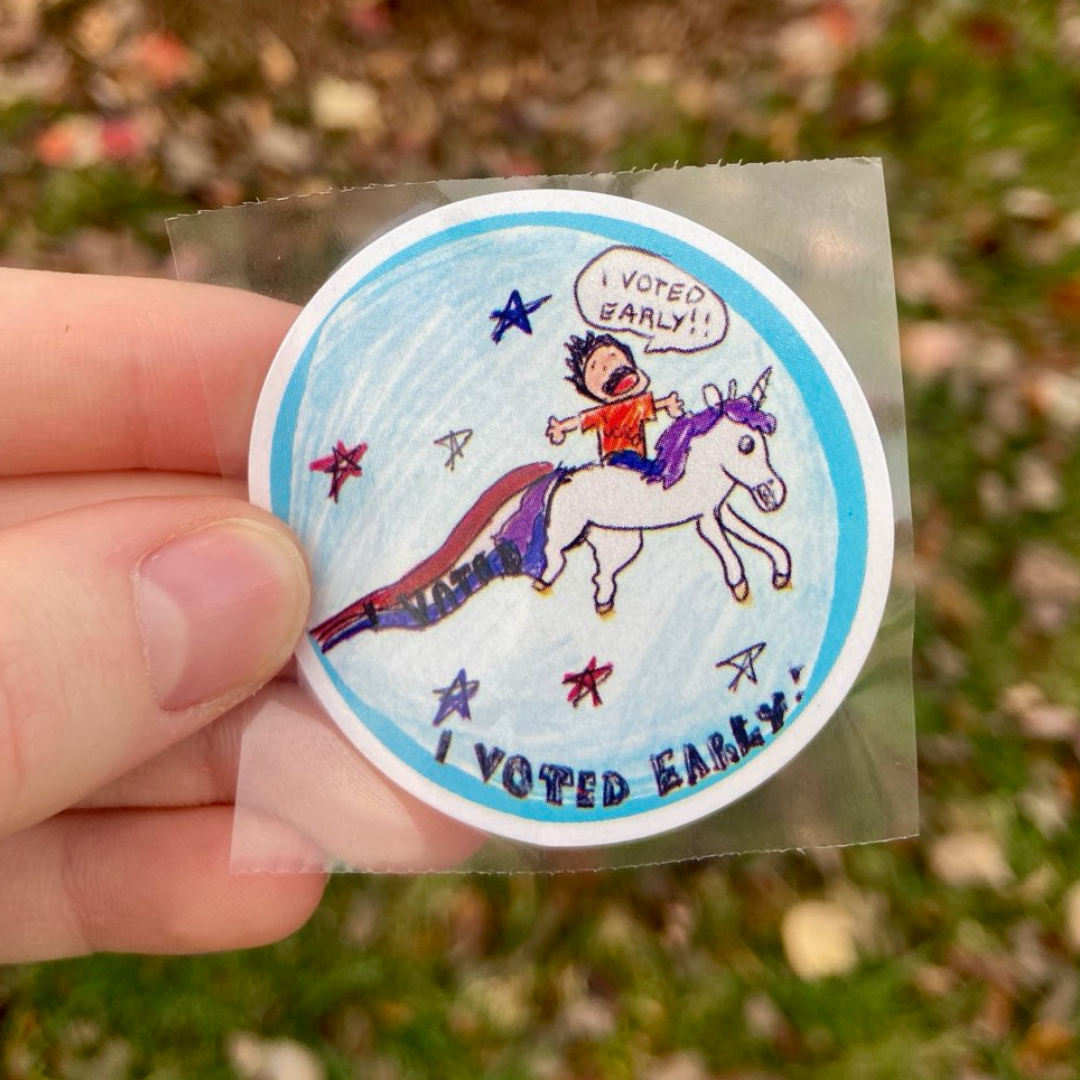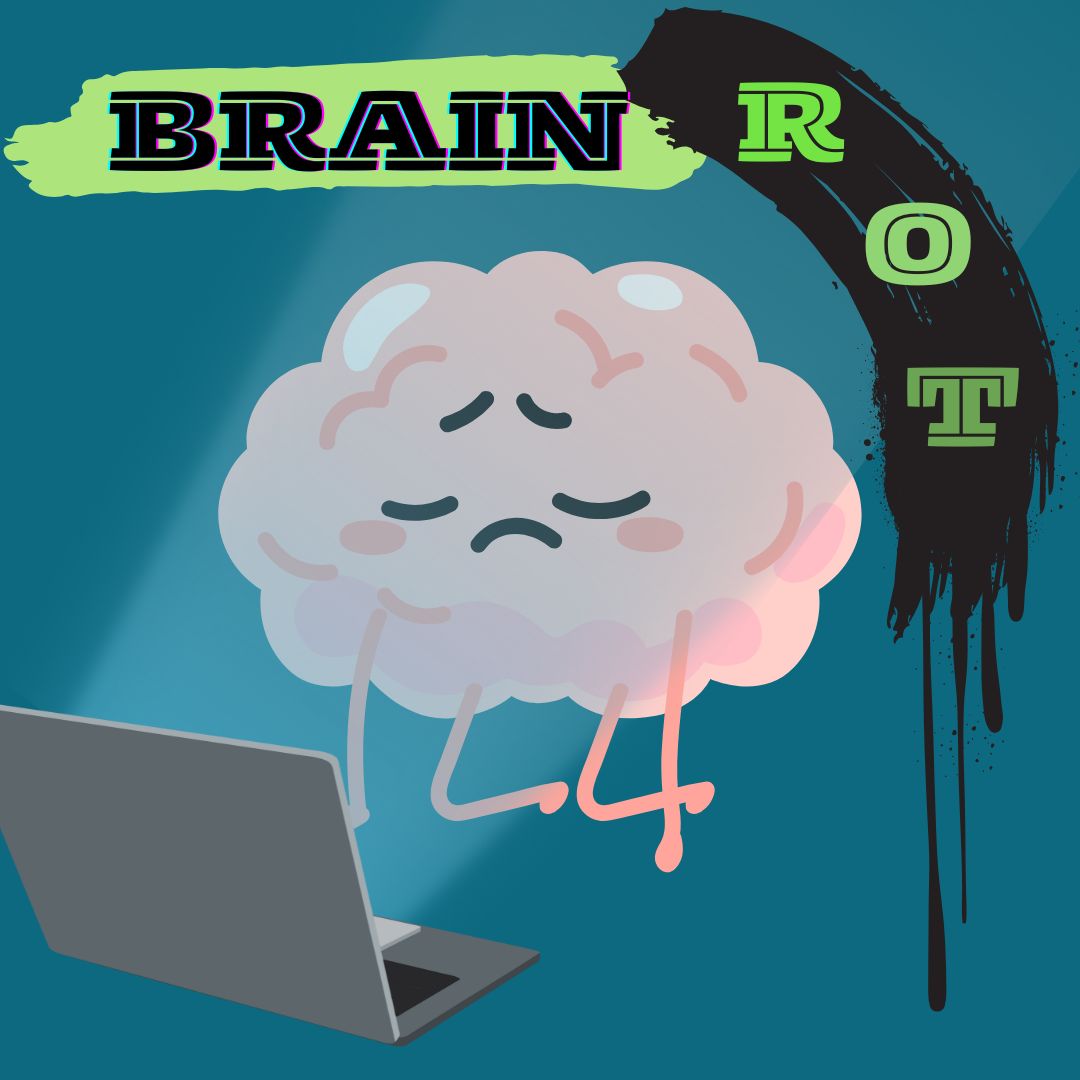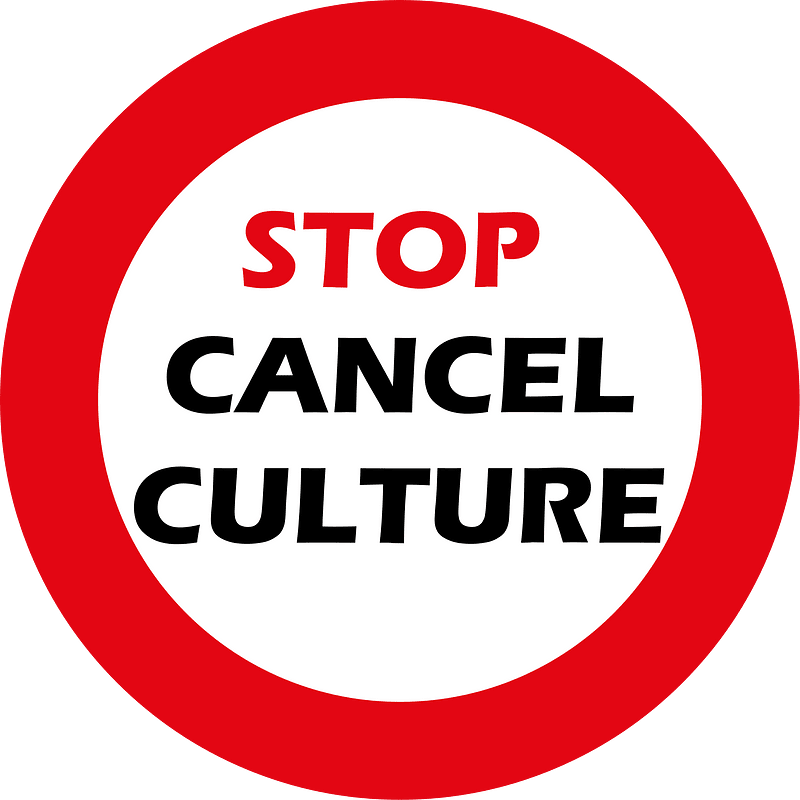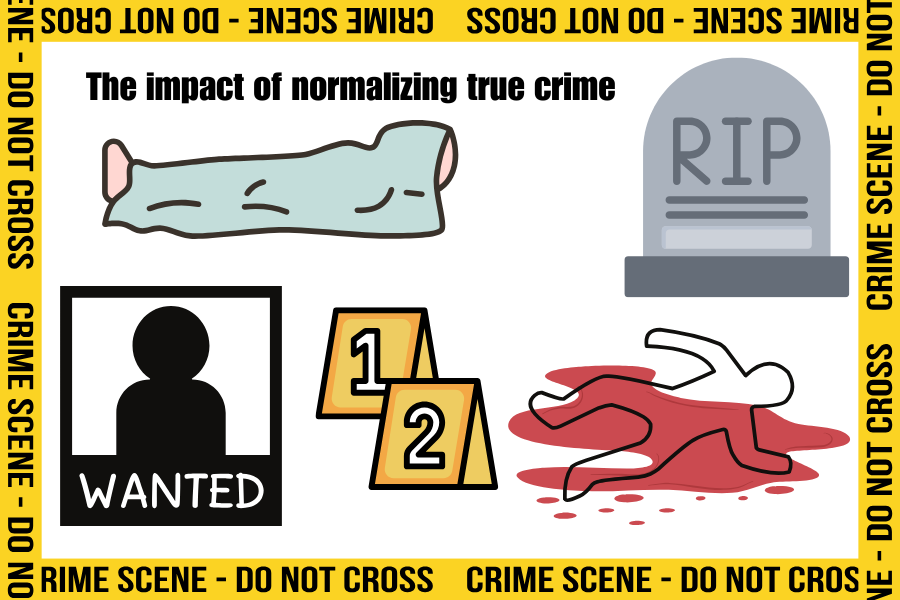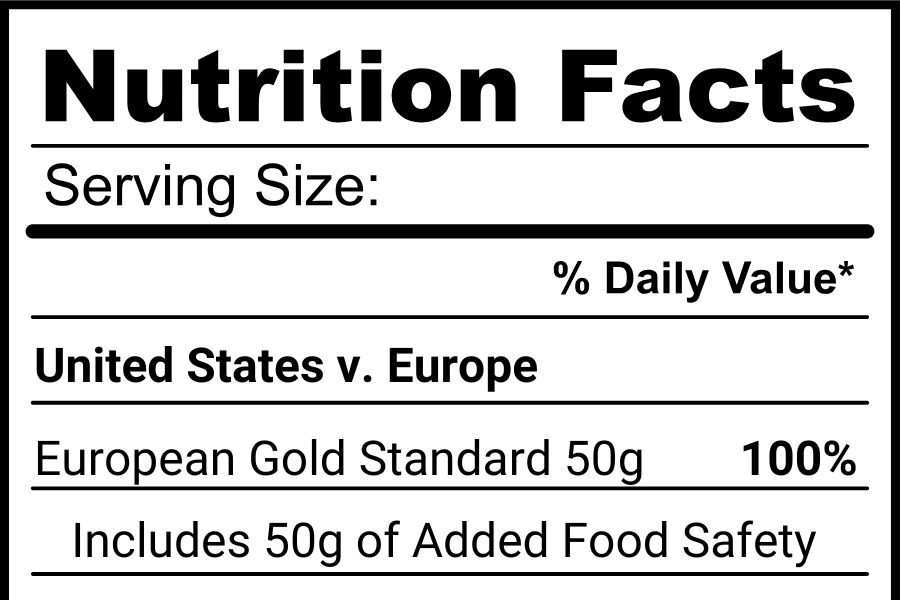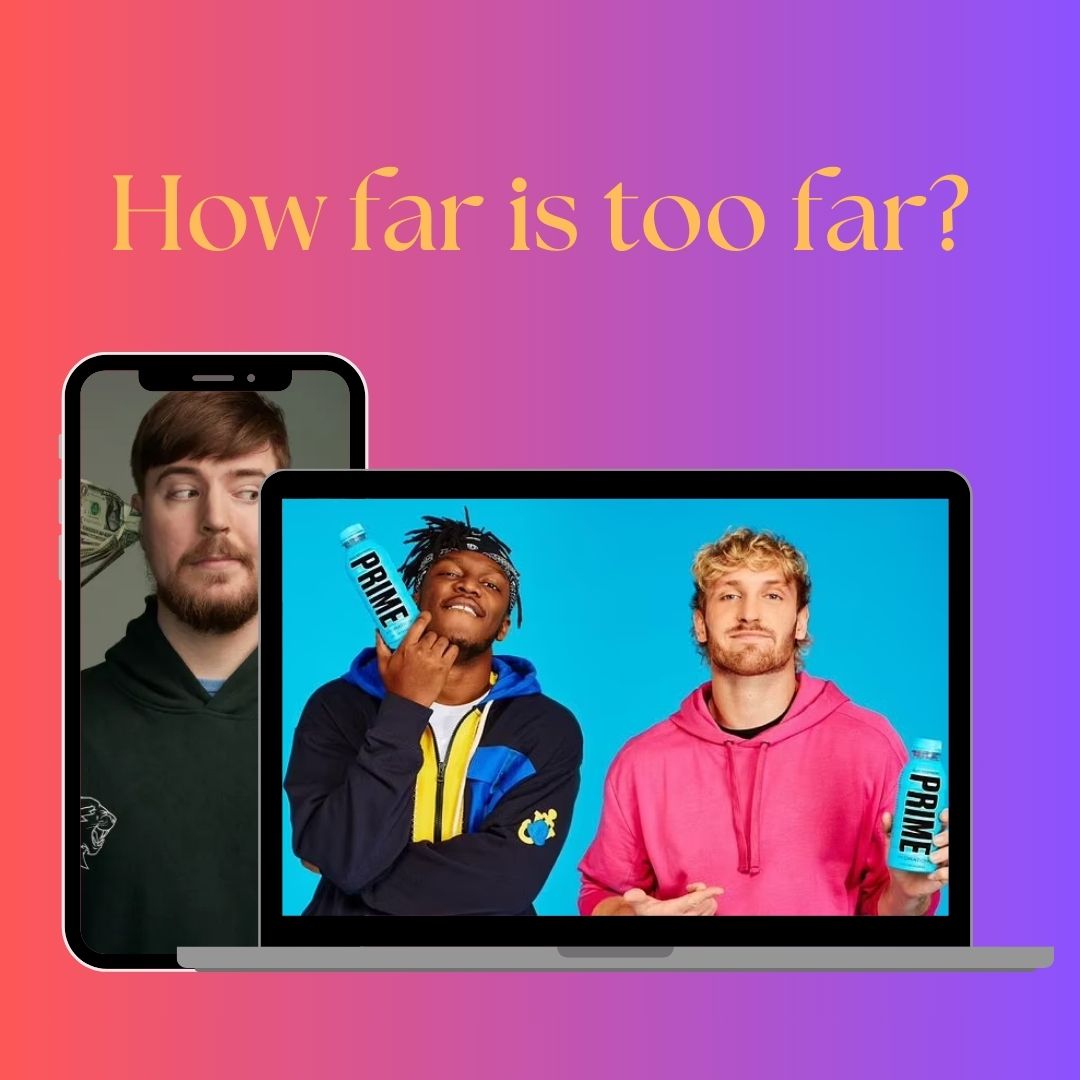With the election season over and the next president only months away from holding office, Americans, particularly young people, are beginning to contemplate possible policy changes within the next four years. The 2024 election proved a major opportunity for youth to exercise their democratic rights, considering Millennials and Generation Z accounted for 14% of all ballots cast. However, many will walk away disappointed by poll results, failing to recognize their power in influencing candidate nominees and shaping the political landscape long before the general election. Therefore, young people should become more actively involved in primaries and local elections to ensure that presidential contenders are representative of the country at large and to increase the likelihood of important matters being addressed.
Primary elections, usually held at the beginning of an election year, are used by political parties to determine which candidates will run for office in November. There are three main types of primary elections: open, closed and semi-closed. Open primaries do not require voters to choose a party affiliation and are therefore available to voters belonging to any political party. Meanwhile, in closed primaries, voters may only participate in the primary for their registered political party. For example, a voter registered as a Democrat may only vote in a Democratic primary. Similarly, Democrats cannot vote in a Republican closed primary, and Republicans cannot vote in a Democratic closed primary. The last main primary is a semi-closed primary. Semi-closed primaries allow for unaffiliated voters to participate in the party primary of their choice, but obligate affiliated voters to only vote in their party’s primary.
In some states, a caucus may be held instead of a presidential primary election, but they’re essentially the same thing. The only difference is that caucuses are open discussions, and usually require a higher level of collaboration and involvement. With all that being said, young voters should engage in primaries and caucuses to ensure that the eventual presidential candidates represent their values and priorities well. Young people often face challenges that may not be adequately addressed by older generations. Participating in these early elections allows them to highlight these issues and become a part of the political conversation. Additionally, engaging in these early elections can help young voters gain valuable insight into the political process, which can enhance their overall civic literacy.
Despite being extremely overlooked, local elections can determine the outcome of the presidential election and which issues the government chooses to focus on moving forward. The United States uses a system called the Electoral College for the sole purpose of electing the president and vice president. Instead of a direct popular vote, voters in each state cast their ballots for a group of electors, who then cast their votes for one of the candidate pairs. This representative group of electors is determined by the citizens of the United States. During presidential elections, state representatives can influence how electoral votes are distributed, as they often back candidates who align with their personal policy preferences. While most states require their electors to vote according to the popular vote, there is no existing Constitutional or federal law mandating them to do so.
Because congressional representatives have such great influence over the presidential election, midterm elections for senators and members of the house can have just as big of an impact on where the country is headed. As Gary Nordlinger, a professor of politics at George Washington University, once said, “Whoever controls the House or the Senate controls the agenda.” A president’s goals and their success in achieving them largely depend on whether their party holds a majority in both houses of Congress, which is determined by midterm elections. Many significant issues in American politics are determined by state legislators, hence why local elections also have the power to impact day-to-day life. If young people wish to add specific topics to the political agenda — education, healthcare, gun control, abortion, etc. — they must engage in state politics as well.
While it’s often assumed that young people do not possess enough experience and knowledge to participate in local elections, this point of view overlooks several important points. First, youths today have access to an abundance of information through the internet and social media, allowing them to educate themselves and form opinions in ways previous generations could not. On top of that, young voters bring fresh perspectives on modern issues, such as climate change and artificial intelligence, leading to more innovative solutions. A person’s experiences do not always cause them to make informed decisions. Many older voters who have much experience may rely on traditional patterns of thinking without fully understanding the issues prevalent in today’s society.
For those who feel frustrated with the current state of American politics, it’s important to understand that citizens can do more than just vote in the presidential election and hope for the best. In fact, this is a call for young people to raise their voices and become more actively involved in the political process. Believe it or not, voting in lesser-known elections does have an impact on policy. The steps that young people take now and the outlets they create for themselves do have the power to improve our nation as we know it. After all, politics encompasses so much more than just the presidency.



